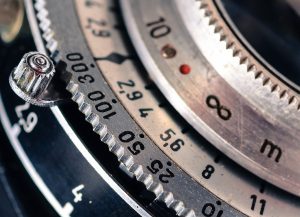
Each of the calipers has its relative merits and faults.
Vernier calipers are rugged and have long lasting accuracy, are coolant proof, are not affected by magnetic fields, and are largely shock proof. They may have both centimeter and inch scales. However, vernier calipers require good eyesight or a magnifying glass to read and can be difficult to read from a distance or from awkward angles. It is relatively easy to misread the last digit. In production environments, reading vernier calipers all day long is error-prone and is annoying to the workers.
Dial calipers are comparatively easy to read, especially when seeking exact center by rocking and observing the needle movement. They can be set to 0 at any point for comparisons. They are usually fairly susceptible to shock damage. They are also very prone to getting dirt in the gears, which can cause accuracy problems.
Digital calipers switch easily between centimeter and inch systems.They can be set to 0 easily at any point with full count in either direction, and can take measurements even if the display is completely hidden, either by using a “hold” key, or by zeroing the display and closing the jaws, showing the correct measurement, but negative. They can be mechanically and electronically fragile. Most also require batteries, and do not resist coolant well. They are also only moderately shockproof, and can be vulnerable to dirt.
Calipers may read to a resolution of 0.01 mm or 0.0005 in, but accuracy may not be better than about ±0.02 mm or 0.001 in for 150 mm (6 in) calipers, and worse for longer ones.